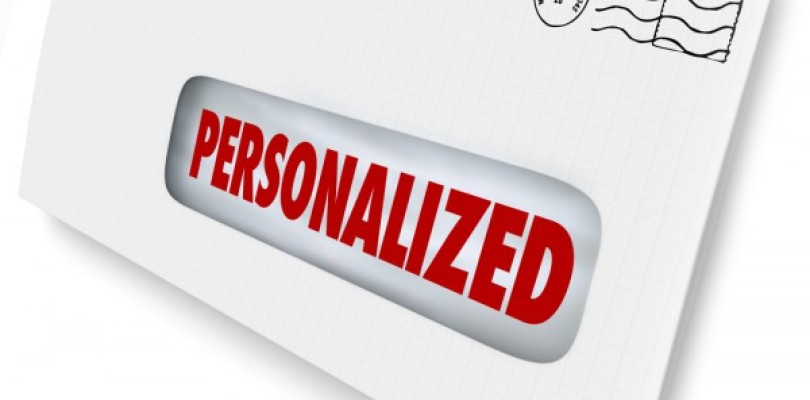Before you go off and implement a personalized video campaign it’s important to build a content strategy tuned for this type of effort. For personalized video to be successful a careful combination of product strategy and technology is needed. To learn the basics, read our earlier post on getting started with personalized video, where we detailed what’s needed from a creative process, measurement, and technology. In this post we are going to dive deeper on how to actually produce and launch a campaign.
How to setup up a video so it can be personalized
Using personalized video software you can set up various different layers that can be personalized or tailored to your viewer. There are a few ways a video can be personalized:
- Visual Layers and Elements
- Audio: Voiceover & Music
- Animated Scenes
It’s probably good to start very basic with visual layers and elements before audio and animated scenes. Let’s say we start with visual layers and elements, we’ll follow these steps to prepare our video for personalization.
- Create a storyboard that clearly outlines the each scene and the flow between them.
- Use contact data from from our CRM, pulling the first name of each contact we want to target in the campaign. The first name will be recorded as a visual text layer within the video file.
- Use a personalized video tool to animate the text layer and queue for deployment.
Here’s an inventory of the items you will need to create your personalized video:
- Adobe After Effects: You will do all your scene editing in After Effects so make sure you have access to this software.
- Text Layers and Elements: Make sure you located and centralize all video personalization assets and placeholders, such as images and audio files.
- Leverage a personalized video software tool to plug into Adobe After Effects and pull all your contact data and start personalizing.
To learn more about software and tools available for Video Personalization, click here.

